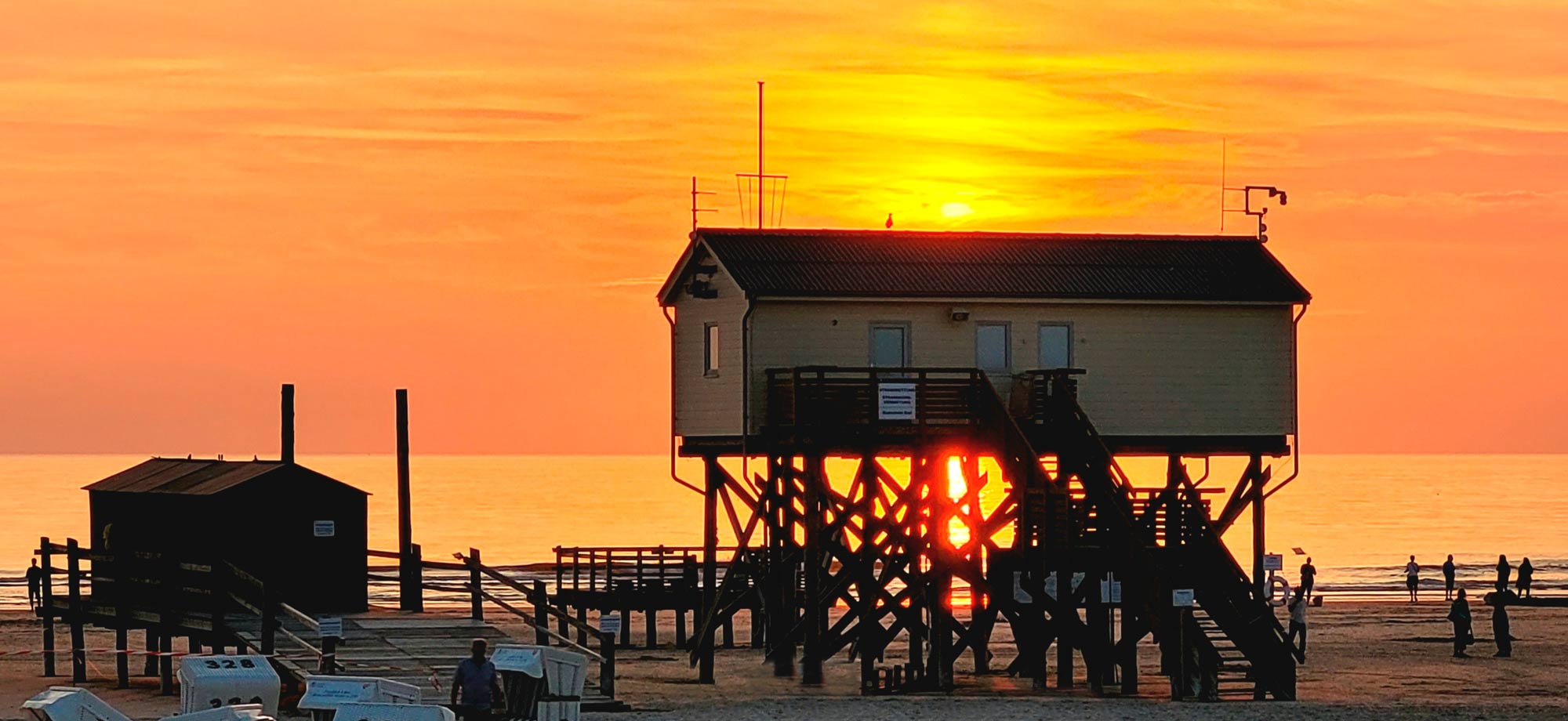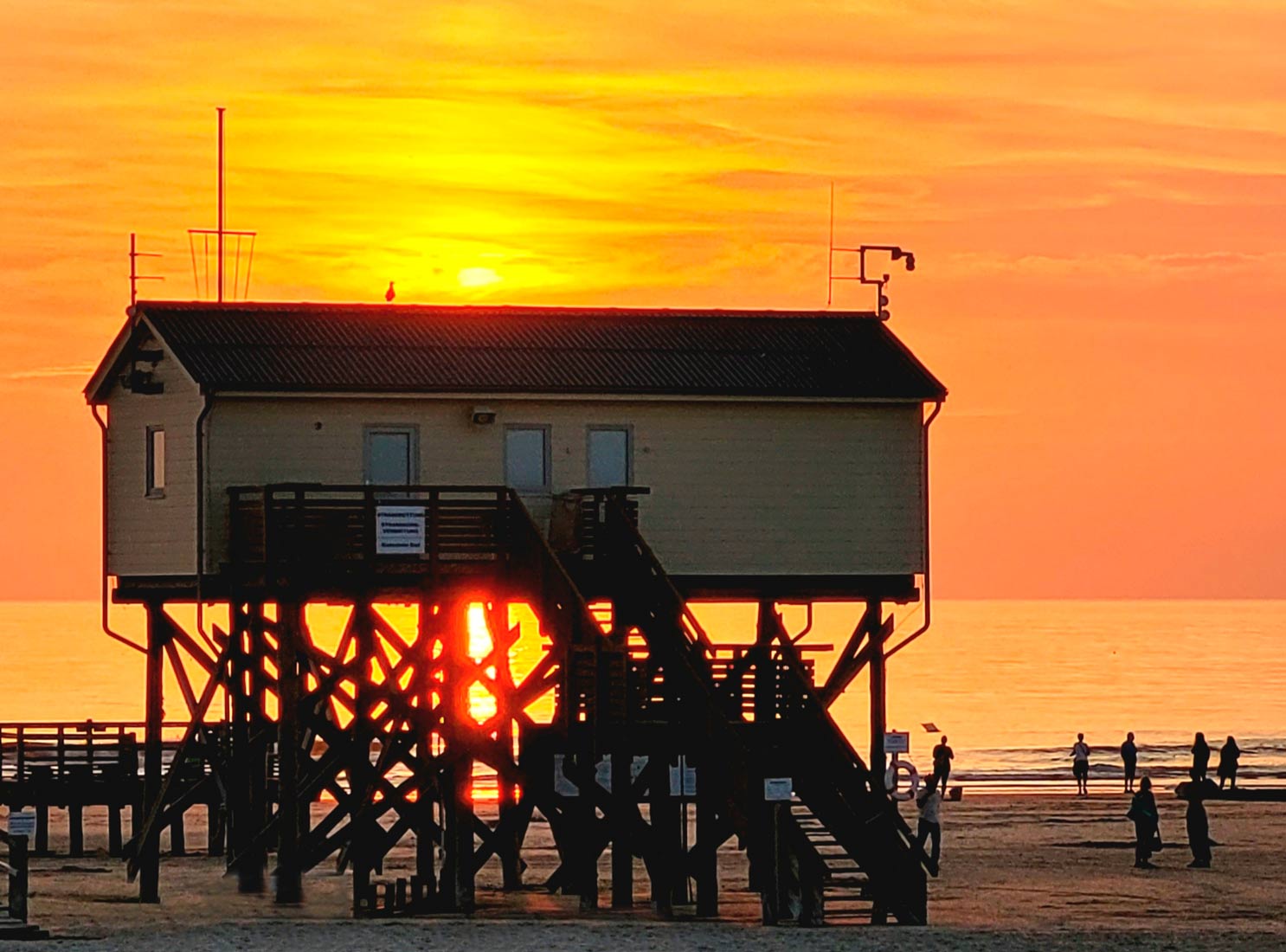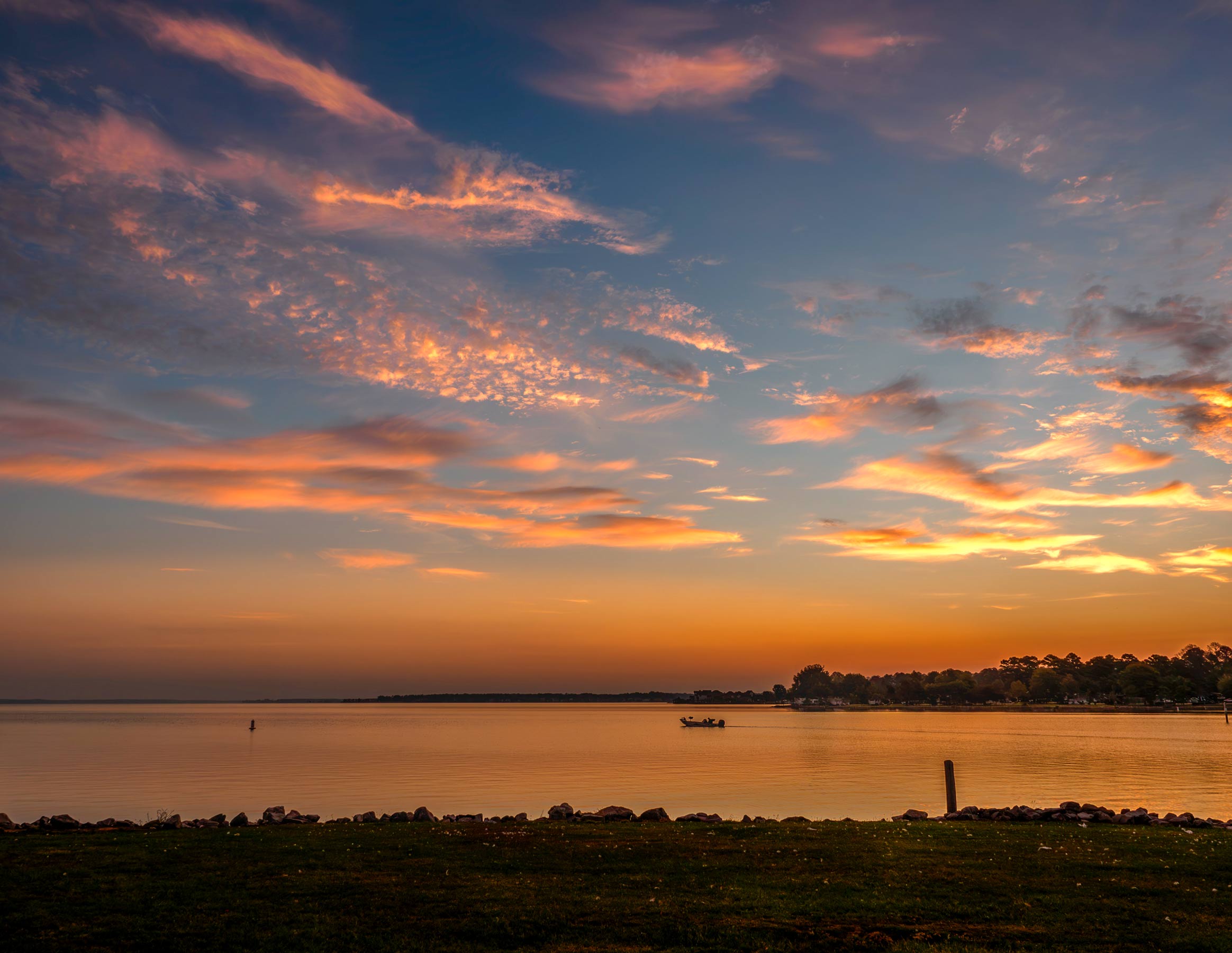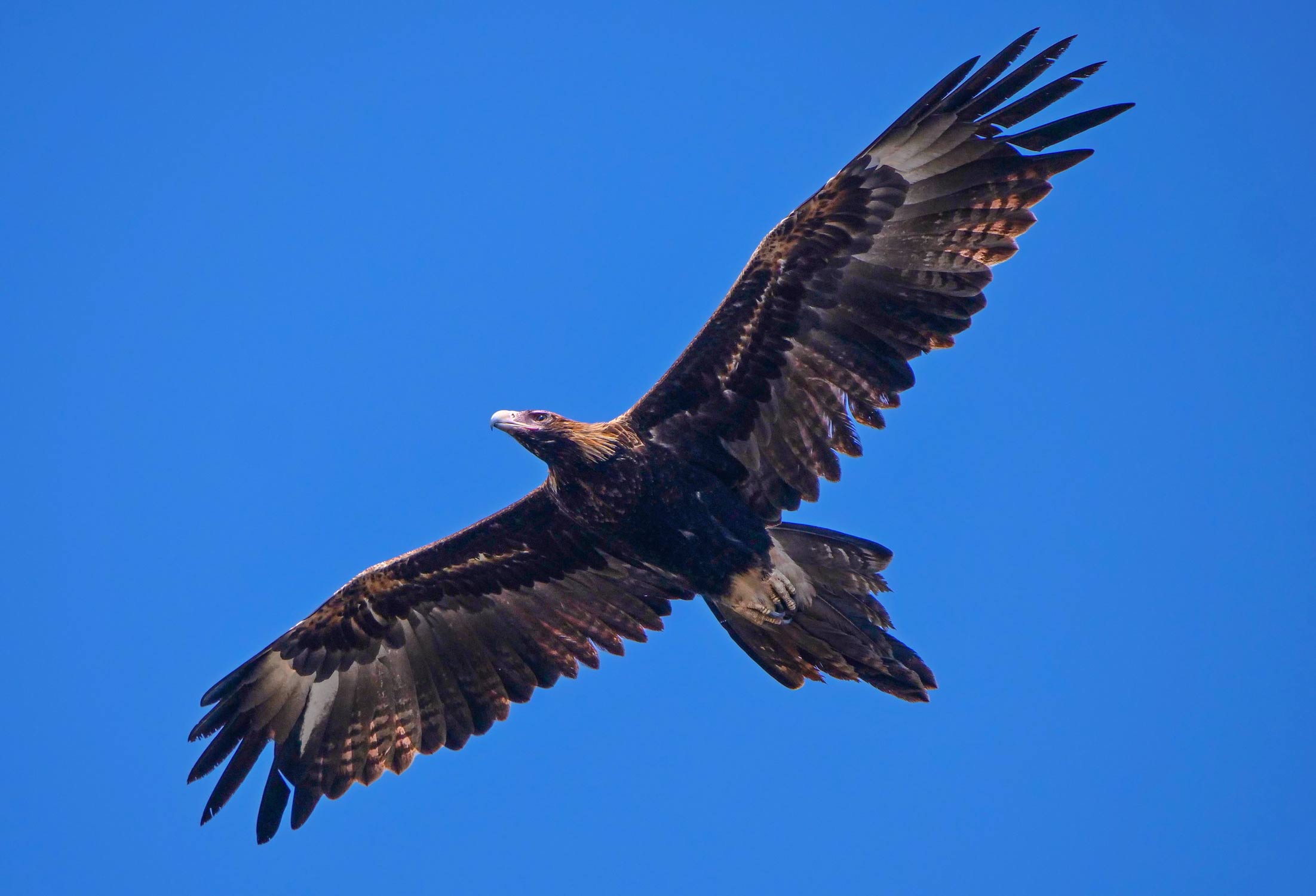This one from RAW file processed in Lr Classic and Topaz Photo AI. I reduced size to save some space
-
-
@RoelHendrickx has written:
YSER TOWERS
Enjoying a week at the Belgian coast, we made a bike ride yesterday from where we are staying in Koksijde to Nieuwpoort, Diksmuide, Alveringem, Veurne and back home again.
One of the sights we encountered is the Ijzertoren (Yser Tower) in Diksmuide, an anti-war monument erected near the river Yser, where in the Great War of 1914-18, four years of muddy and bloody trench war had taken place.
The tower has a complicated history in which pacifism, christianity and "the Flemish cause" are intermixed, resulting in enough controversy to fill a few history books.
In other words: the Tower's history is quite layered ... which I tried to symbolize in this (Iphone) image.With our back to the river, we are looking through the "Peace Gate", over the remains of the first Yser Tower (built in 1930 and exploded in 1946) towards the new Yser Tower behind it (built 1952-1965).
More info: en.wikipedia.org/wiki/Yser_Towers
Knowing nothing about the monument and lured in by Roel's history summary. I followed up the links. I thought more background would shape my response to the image. Ultra nationalism, Christianity and pacifism are unexpected bedfellows. It isn't surprising that the monument's history is controversial. Pacifism is a many edged sword.
The photo. AAVK is inescapable here. The letters are duplicated, central and stand out because of the positioning in the arch and the direction of the gaze of the lion. The image doesn't suggest any value judgement about AAVK but it challenges the viewer, of the towers or the photo, to understand what AAVK means. Roel's links are essential. If the viewer feels compelled to follow up to understand the significance, the photo has worked. -
@DanHasLeftForum has written:@ChrisOly has written:
End of Summer?
Very nice scene but unfortunately whatever internal processing the phone camera did, it made the water look "plastic".
A candidate for the "lonely bench" genre with all the interpretative possibilities that genre inspires. Blue and white oozes summer but there are clouds on the horizon. The framing of the ladder is a nice touch. It's a reminder of the activity of summer.
I enjoyed the ambiguity of "end of summer" with the pier end. -
@MikePDX has written:
Abstract Distractions
Having been gone from this thread for awhile, I thought I'd pop back in this week.
I'm primarily a wildlife shooter, but I'm attempting to expand my comfort zone a bit. So I've been trying my hand at abstracts. Here is a set of four water reflections, shot at very high shutter speeds (1/1000 - 1/2500 sec.) The results seem amazing compared to what you can see with the naked eye.One of my favourite uses of photography is when the images make me stop and look at something I might otherwise not have registered. Additionally, I like abstracted images whether in photography or other art forms. This series from Mike appeals to me a lot. The last one especially. It isn't immediately apparent here that we are looking at a reflection in water. They aren't colours we'd expect and the broken up water surface gives extreme shattering of the reflection while retaining solid lines and colour blocks.
-
@Fireplace33 has written:
Seaside sunset
No time for hiking and photography!
This week was all taken up with a biz trip to North Germany
Here's a quick snapshot from my phone. Taken as the sun went down while enjoying a fine fish dinner in a restaurant on stilts in the North Sea :-)Wonderful colours in the sky and water.
The seats in the foreground don't do much for me.
Hopefully you were able to find a composition with the restaurant in the foreground and the water and sky as the background.
I think that would make a stunning photo.
Anyway, since those seats are very distracting for me, both the crops below (with a bit of cleaning of the seats) work better for me.
Just some food for thought 😊
-
@MikePDX has written:
Abstract Distractions
Having been gone from this thread for awhile, I thought I'd pop back in this week.
I'm primarily a wildlife shooter, but I'm attempting to expand my comfort zone a bit. So I've been trying my hand at abstracts. Here is a set of four water reflections, shot at very high shutter speeds (1/1000 - 1/2500 sec.) The results seem amazing compared to what you can see with the naked eye.These are absolutely amazing 🙂
I would never have thought of using very fast shutter speeds to create artistic images like these.
This is now a "must try" for me when an opportunity comes up 🙂
-
@minniev has written:
Morning Discipline
First picture I've taken since that owl on July 3... not much but reminded me how to turn my camera on and off. I found that while husband and then I recuperated enough to leave the house, my favorite sunrise park has been closed indefinitely for construction work. I didn't have time to get to another good spot. Settled for this little boat launch with a poor view. Next time I'll have to get up earlier.Nice sunrise scene.
The small boat adds more interest.
But there is too much near silhouetted foreground and in the strip of land above it on the right. The fact that there is still some detail in the jpeg data suggests more detail was visible to the eye when you took the shot. Some of the clouds in the brightest part of the sky are also very nearly, but not quite, completely clipped. They can be recovered somewhat and so for me this version below works better for me and is easier in the eyes regarding the overall high contrast in the the scene.
As always, just some food for thought.
-
-
@Sagittarius has written:@Bryan has written:@Sagittarius has written:
I agree with other poster - if underside of birds would be brightened, it would reveal more details. If you do not mind, I can try.
Sure Sagittarius, I would be happy if you could. I can make the raws available somehow if you wish.
I think you left that one in the "digital microwave" for too long 😉
Obviously starting with a raw file is best but below is Bryan's original jpeg edited in ACR and then Photoshop Elements.
-
@MikePDX has written:
Having been gone from this thread for awhile, I thought I'd pop back in this week.
I'm primarily a wildlife shooter, but I'm attempting to expand my comfort zone a bit. So I've been trying my hand at abstracts. Here is a set of four water reflections, shot at very high shutter speeds (1/1000 - 1/2500 sec.) The results seem amazing compared to what you can see with the naked eye.The third & fourth ones especially - absolutely amazing!
Tim
-
@Bryan has written:
After the prompting, I finally dived into RawTherapee, which I had installed ages ago, but always balked at the learning curve...
I lifted shadows to what I thought the naked eye might have seen. The perched one could have perhaps gone a bit further...
Just goes to show the value of participating in a forum like this. And, for what it's worth, I think you've got it (lifting shadows) just right
Tim
-
@TimRichards has written:
Just goes to show the value of participating in a forum like this. And, for what it's worth, I think you've got it (lifting shadows) just right
Tim
Thanks Tim,
and by the look of your avatar, you might have some raptors your way? -
@Bryan has written:
Thanks Tim,
and by the look of your avatar, you might have some raptors your way?Well, I'm Welsh and for the past 200 years, or so, Wales was the last stronghold in the UK for Red Kites. Now, thankfully, they're expanding into most parts of England (where I currently live/work) - due to successful re-introductions and natural expansion from Wales
Unfortunately, the picture isn't mine - it's just one I got off the Internet
Tim
-
@DanHasLeftForum has written:@Sagittarius has written:@Bryan has written:@Sagittarius has written:
I agree with other poster - if underside of birds would be brightened, it would reveal more details. If you do not mind, I can try.
Sure Sagittarius, I would be happy if you could. I can make the raws available somehow if you wish.
I think you left that one in the "digital microwave" for too long 😉
Obviously starting with a raw file is best but below is Bryan's original jpeg edited in ACR and then Photoshop Elements.
Like you always say this is your opinion. Some people like steak "medium rare" some people like "well done". 😀
-
That's OK.
Enjoy your "well done" steak.
As Rich42 correctly stated:
@Rich42 has written:C&C is not always a string of admiration about postings.
dprevived.com/t/wednesday-cc-no-theme-thread-845-revived-065-on-2024-06-26/5991/post/80090/
-
@MikeFewster has written:
Wind Driven.
Outback Australia.For me, a photo is successful when it makes me stop and study it for a while. While I might not call this a beautiful image, I was captured by it. The graceful curve of the dune leads me into the image, around to the blowing sand on top, then into the vast expanse of openness in the distance to the right. The unbroken sky perfectly complements the color of the dune. No matter your original intent, I get a strong sense of dread and a feeling that I REALLY wouldn't want to be here without water or a means of transport to get out of there! Nicely done.
-
@DanHasLeftForum has written:@Rich42 has written:
C&C is not always a string of admiration about postings.
dprevived.com/t/wednesday-cc-no-theme-thread-845-revived-065-on-2024-06-26/5991/post/80090/
I never said it is and never anticipated it to be.
-
"Hey mister! Can I take some pictures of your fishing gear?"
This post is sort of a continuation of the one from last week. I posted a shot of the Oceanside, CA Harbor Lighthouse at sunset with activity starting to ramp up at the various eateries there.
I was putting a mid-1970s era Nikon EM film SLR through its paces that I had gotten off eBay for $19.
After taking the lighthouse images, I had some dinner. When I left the restaurant it was dark. Walking back toward the parking lot, I passed a group of guys lined up against one of the sea walls, waiting to board a boat in the harbor’s night fishing fleet. Their gear was on the ground, leaning against a low railing. The only light was the last dim glow from the sky and some light spilling out from the harbor shops.
I don’t know anything about fishing gear. But I’m a sucker for shiny equipment of any kind. I asked them if I could photograph their gear. Slightly bemused they all said, “Yeah!”
This was a 50 year old camera I was using for the first time. All I had done was unpack it, put in a fresh battery and a roll of color negative film. My tripod legs were as short as possible, so the tripod was very sturdy. It was dark! I barely could see to focus. I concentrated on the shiniest metal parts visible.
The camera has only aperture priority metering. I set the Nikkor 105 Macro lens to f/8, tripped the shutter and waited each time. The ancient exposure meter dutifully set the shutter speed. Each shot lasted about 20-30 seconds! The first time, I was sure the camera was just sitting there, doing nothing. I heard the shutter open, but it was an act of faith to wait for it to close!
What a great little camera.
The images make a nice grouping on a wall in my office.
Rich




















